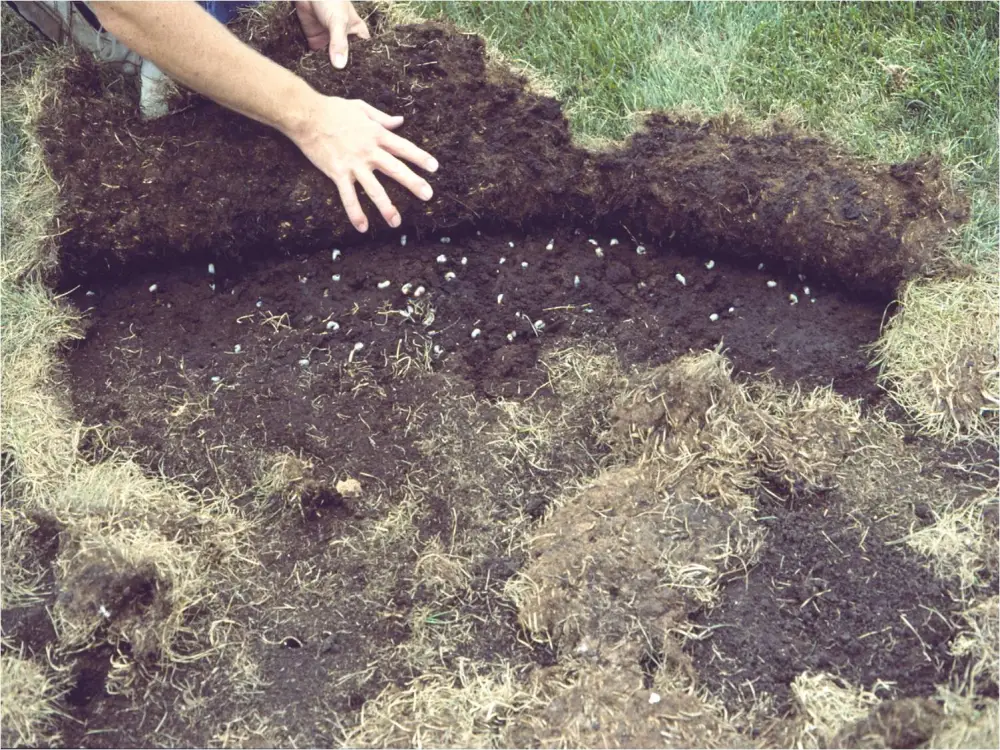White grubs—the C-shaped larvae of scarab beetles—are among the most destructive pests affecting lawns and turfgrass in the Midwest. If you’ve noticed patches of wilting grass, dead spots, or turf that lifts easily like a rug, you may be dealing with a grub infestation.
In this post, we’ll break down:
- How to identify different grub species
- When and how they cause damage
- The most effective management strategies using cultural practices, biological treatments, and chemical controls
Identifying White Grubs
White grubs have three pairs of legs, a distinct C-shape, and range in size from ¼” to 1½”. They can be identified down to the species level using the raster pattern—tiny spines on their back end.
Common species in the Midwest include:
- Japanese beetle
- European chafer
- Masked chafers
- Green June beetle
- Black turfgrass ataenius
Damage to Watch For
Grubs feed on grassroots, causing:
- Wilting or discolored turf
- Patches that die off or pull up easily
- Secondary damage from skunks or raccoons digging for them
Management Strategies
1. Cultural Practices
Choose appropriate turf species, mow correctly, and avoid overwatering. Healthy turf can often withstand minor infestations without serious damage.
2. Biological Insecticides
- Heterorhabditis bacteriophora (parasitic nematodes)
- Bacillus thuringiensis galleriae
- Metarhizium brunneum (entomopathogenic fungus)
3. Chemical Controls
Preventive and curative options include:
- Imidacloprid, Thiamethoxam (Neonicotinoids)
- Chlorantraniliprole (Diamide)
- Trichlorfon (Organophosphate for late-stage infestations)
Early detection and targeted treatment are key. Monitor from July to August and treat based on grub density and turf condition.
Get a Free Lawn Evaluation
Spotted damage? Want peace of mind? Contact us today and schedule a free quote — we’ll take a close look at your lawn and build a plan that keeps it healthy, green, and grub-free.
- 📞 (219) 798-9317
- 📧 info@greenmakerlawncare.com
- 🌐 www.GreenMakerLawnCare.com
- 📍 Serving Northwest Indiana and the surrounding regions

